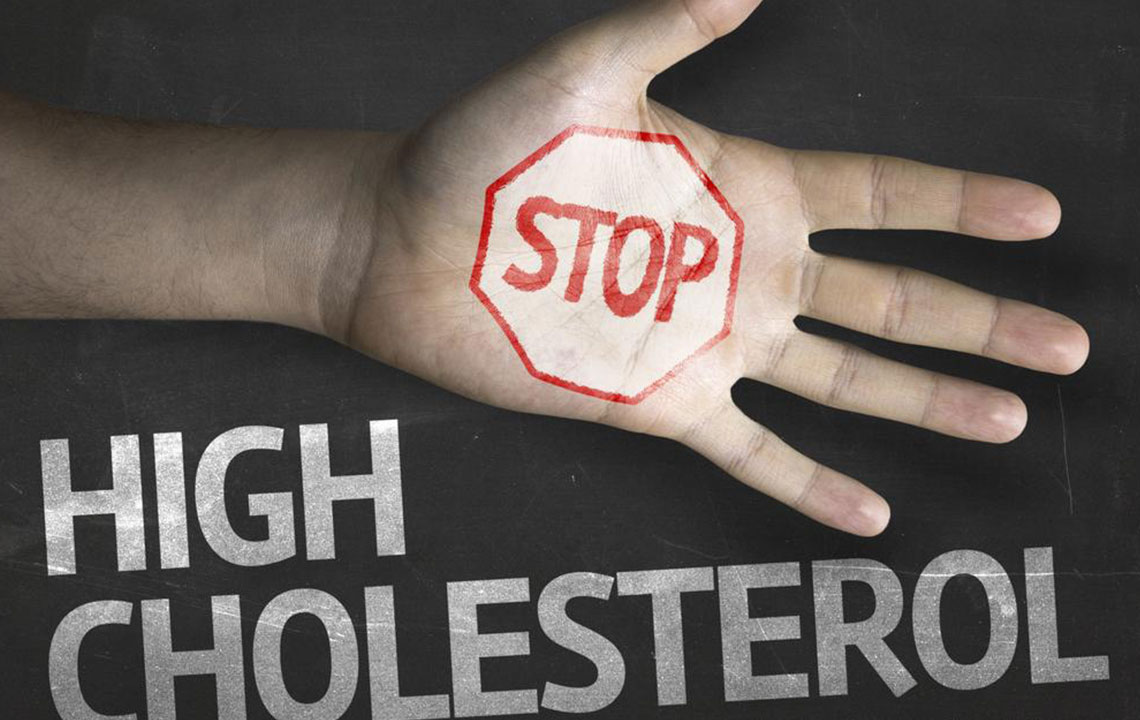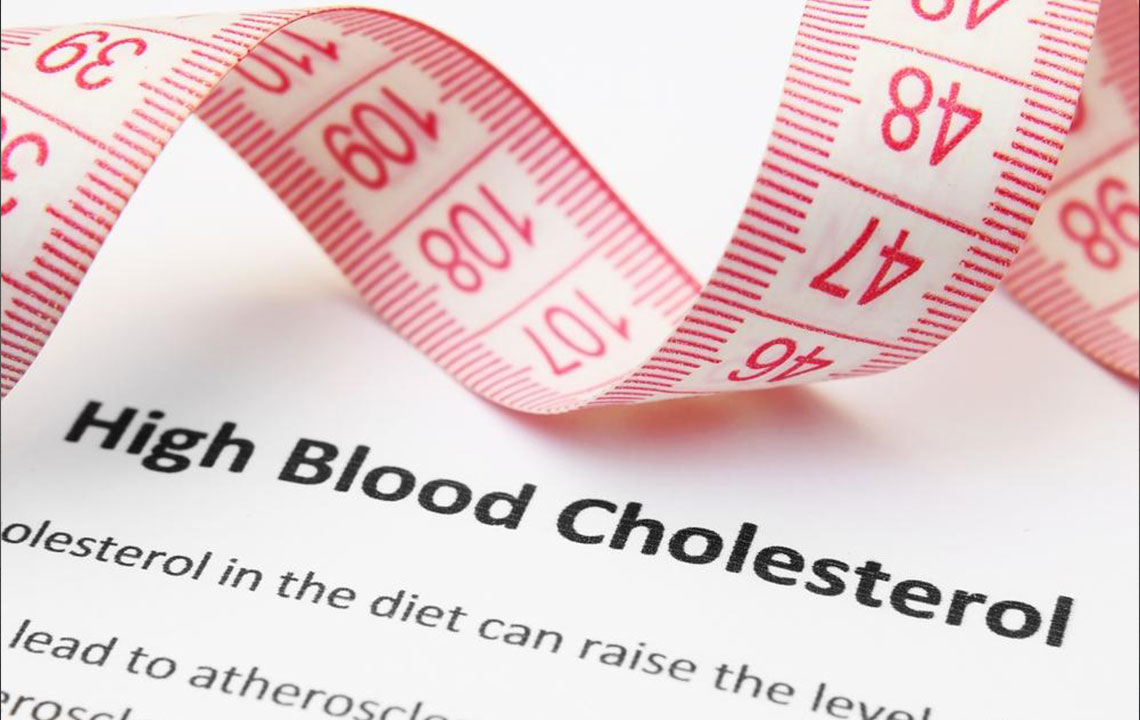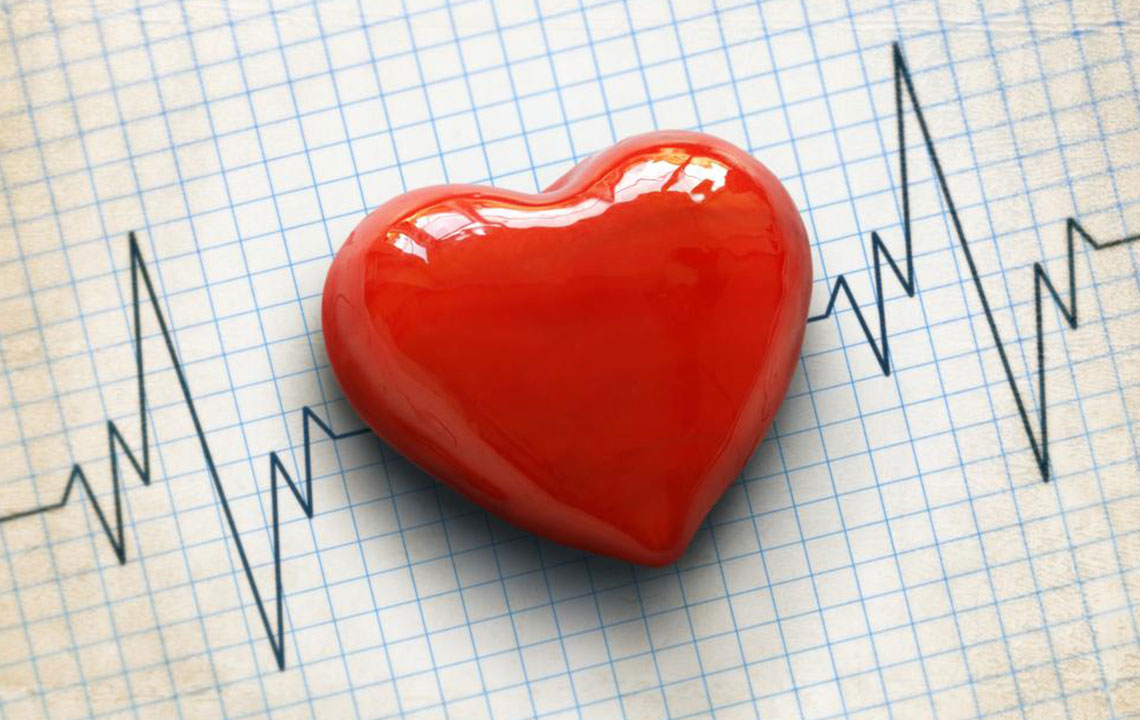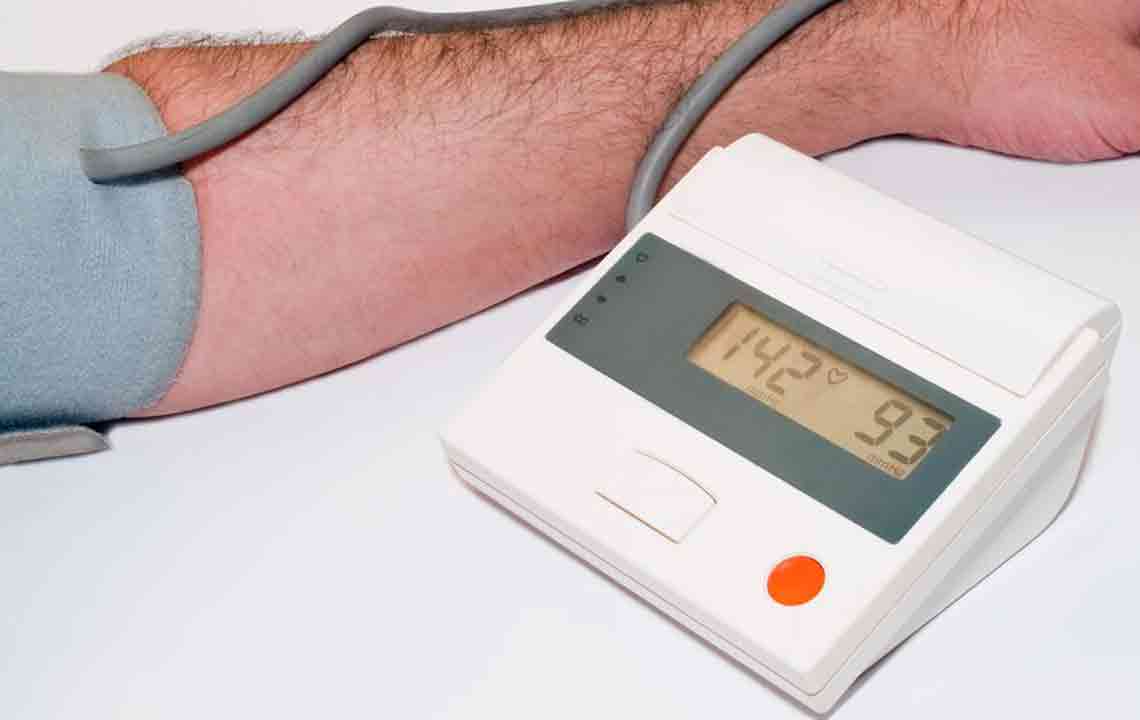Understanding Optimal Cholesterol Levels for Better Heart Health
Learn about the essential cholesterol levels necessary to promote heart health. This comprehensive guide explains the roles of LDL and HDL, ideal ranges, and tips for maintaining optimal lipid profiles. Regular testing and lifestyle changes are vital in reducing cardiovascular risks and ensuring overall well-being, especially for those with family history or existing health concerns.

Understanding Optimal Cholesterol Levels for Better Heart Health
Cholesterol, a type of fat found naturally in the human body, is primarily produced by the liver. While the body needs a certain amount for normal functions, excessive cholesterol can lead to plaque buildup in arteries. This buildup can impede blood flow and may rupture, forming clots that block arteries, increasing the risk of heart attacks and strokes. To assess your heart health, cholesterol tests measure four key values: Total Cholesterol, LDL, HDL, and Triglycerides. Maintaining balanced levels of these lipoproteins is crucial for cardiovascular health.
This article explains how cholesterol impacts heart health, what the target levels are, and how to interpret your test results. It covers the differences between 'bad' LDL and 'good' HDL cholesterol, alongside recommended ranges for adults and children. Regular monitoring and lifestyle modifications are key to keeping cholesterol within ideal limits, reducing the risk of cardiovascular diseases.
Cholesterol Components and Their Significance
Total Cholesterol
LDL (Low-Density Lipoproteins)
HDL (High-Density Lipoproteins)
Triglycerides
Since fats are insoluble in water, they are transported through the bloodstream via lipoproteins. High triglyceride levels can elevate heart disease risk, making it important to monitor these levels accurately.
The Balance of Cholesterol Types
LDL and HDL are the two main types of cholesterol. LDL, often termed the ‘bad’ cholesterol, can deposit in arteries and lead to blockages. Conversely, HDL, known as the ‘good’ cholesterol, helps remove LDL from the bloodstream, supporting cardiovascular health. The goal is to keep LDL low and HDL high for optimal heart health.
Here are the recommended cholesterol values:
Cholesterol Levels (mg/dL):
Ideal Total Cholesterol: Under 200
Borderline High: 200-239
High (Critical): 240 and above
LDL (mg/dL):
Optimal: Less than 100
Near Ideal: 100-129
Borderline High: 130-159
High: 160-189
Very High (Critical): 190 and above
HDL (mg/dL):
Optimal: 60 and above
Borderline Low: 41-59
Low (Critical): 40 and below
Triglycerides (mg/dL):
Ideal: Less than 150
Borderline High: 150-199
High: 200-500
Critical: 500 and above
Cholesterol levels for children differ from adults due to metabolic differences. For kids, ideal levels are generally lower, with specific ranges for different age groups. Routine testing is recommended for children, especially those with a family history of cardiovascular issues, typically before age 18. Adults over 20 should undergo screening every 4-6 years unless risk factors require more frequent monitoring. Maintaining healthy cholesterol levels involves consistent effort and lifestyle adjustments, promoting overall well-being.
Note:
The information provided serves as a general guide on cholesterol management. It’s crucial to consult with healthcare professionals for personalized advice and diagnostics. The website does not endorse any specific treatment or alternative schemes and cannot be responsible for discrepancies or inaccuracies.










